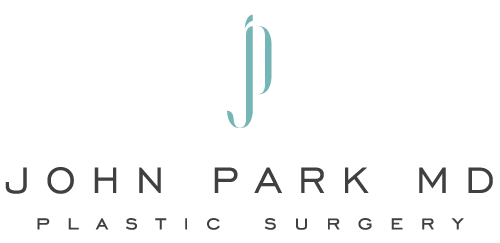
20 Dec Will Fat Transfer Breast Augmentation Replace Implants? The Risks Of Fat Grafting
An Alternative To Breast Implants
Breast augmentation continues to give thousands of women confidence and inspiration every year. This procedure can treat sagging breasts, increase bust size, and improve the breast after surgery or pregnancy. Breast implants are the traditional form of breast augmentation, with women able to choose between silicone or saline implants. An alternative in the form of fat grafting is also available and growing in popularity. However, surgeons must mention the possible risks and complications of fat transfer breast augmentation to allow women to make the best decision.
What happens during fat transfer?
Fat grafting is a twofold approach. First, using a large cannula, the surgeon will extract fat from a part of the body, namely the thighs, trunk, or abdomen. The fat is then processed, and the live cells are strategically injected into the breast for enhancement. The fat transfer gives the breast an additional lift, usually 1-1.5 cup sizes, depending on the amount of fat available.
Benefits of fat grafting
Fat transfer has several benefits and is often promoted as a natural alternative to breast implants. The procedure is considered not as invasive as implants. Therefore, the recovery time is shorter, with potentially less pain. The added liposuction during the fat removal means a more contoured body, which greatly appeals to patients. Despite the benefits, fat grafting requires a skilled surgeon with extensive experience in both liposuction and breast augmentation. The right surgeon will understand where the fat will go and how much is needed.
Lumps and bumps
The fat grafting procedure comes with possible complications ranging from unpleasant to dangerous. For starters, the fat requires healthy blood flow. If blood flow is not present in the breast to accommodate the new tissue, the fat can become necrotic, leading to uneven results. In some cases, the fat can create oil cysts which can be uncomfortable for the patient. These cysts may seem harmless but can impact a future cancer diagnosis. Cysts may be confused for potentially cancerous lumps, and mammogram results may be affected.
Infections can occur
In some cases, the transferred fat is reabsorbed by the body. Therefore, the surgeon may require more fat or additional material to help achieve the desired size and shape. However, the excess fat can lead to infections, extending the recovery time for the patient. In rare cases, a fat embolism is possible. Sometimes, fat tissue can end up in the bloodstream. If the fat travels to the heart or other extremities, serious complications and hospitalization can occur.
Grafting or implants?
Any surgical procedure comes with a chance of complications. However, fat grafting carries additional risks. Fat cells can be unpredictable, and the patient can have unfavorable results. Furthermore, Since the fat must be extracted and transferred in specific locations, the success of surgery comes down to the doctor’s expertise. While breast implants require incisions and longer recovery, the results are far more predictable. The right surgeon can help patients decide on the best procedure to get the safest but most effective results.



